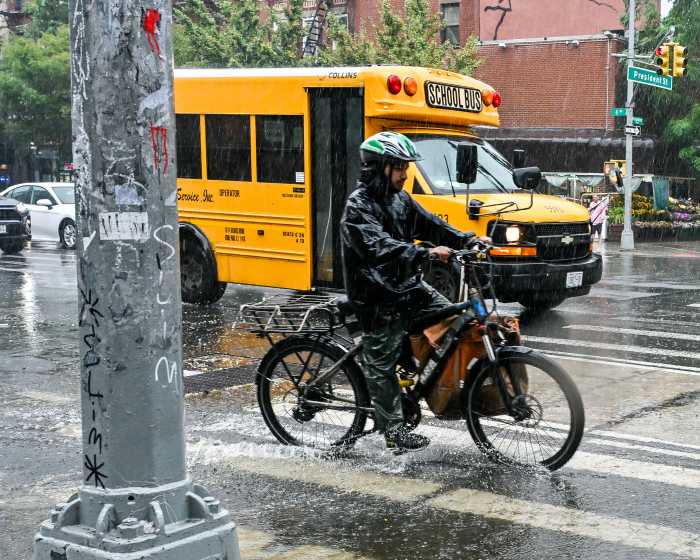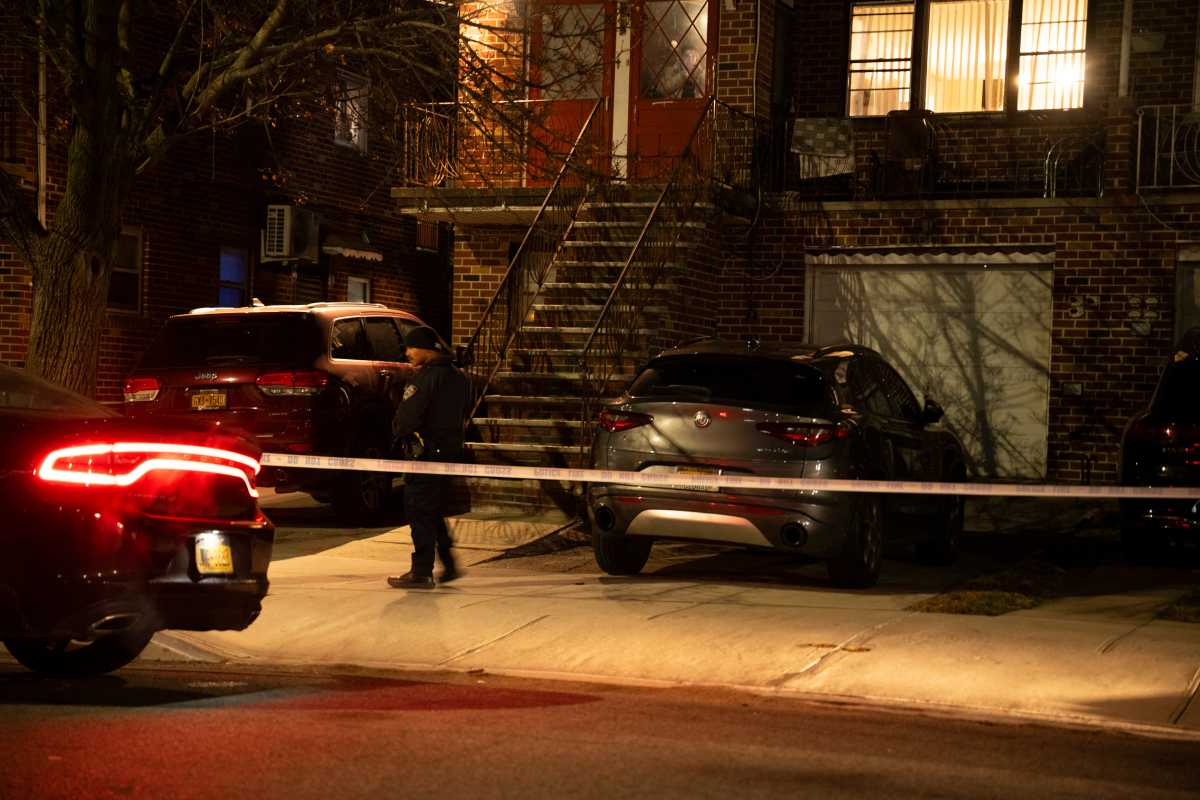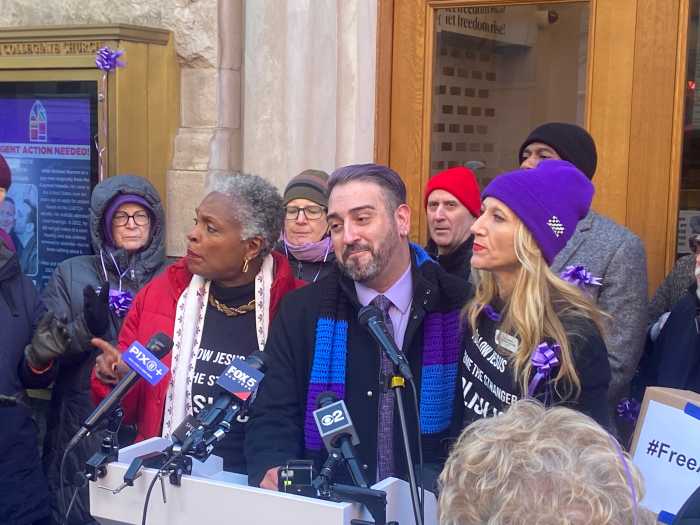The Metropolitan Transportation Authority announced plans to make 21 Brooklyn subway stations wheelchair-accessible over the next five years.
The Authority is reserving the upgrades for heavily trafficked stations located in accessibility deserts throughout Brooklyn, which remains one of the most difficult borough’s to traverse for disabled straphangers, according to one disability advocate.
“Brooklyn is really poorly served when it comes to ADA in the subway system, so this is a good start,” said Joe Rappaport, the head of the Brooklyn Center for Independence of the Disabled.
Some Brooklyn subway lines disenfranchise entire neighborhoods of disabled commuters, such as the R line in Bay Ridge or the F train between Kensington and Coney Island.
Transit workers are currently laboring to enhance accessibility along the R line — installing elevators at 59th, 86th, and 95th street stations — and have plans to upgrade the transit hub at 36th Street, where local riders can transfer to the N and D trains, under the new plan.
The announcement also includes new elevators for four stops along the F train in central and southern Brooklyn, elevators for the L, J, and Z trains platforms at the Broadway Junction stop in Cypress Hills, where straphangers are forced to ascend a vertigo-inducing series of escalators and staircases, and a new elevator at the Hoyt-Schermerhorn station in Downtown Brooklyn, where the developer of a neighboring building constructed a street-to-mezzanine elevator last year, but which requires riders to descend a flight stairs to access it.
A full list of the stations earmarked for accessibility upgrades can be found on the MTA’s website.
The transit agency named a citywide total of 44 subway stations in its accessibility master plan, which is one part of a record-breaking $51.1 billion 2020-2024 capital plan. Those stations are in addition to four pending accessibility upgrades included in the Authority’s 2019 capital plan, bringing the grand total of accessible stations to 48, according to the city’s transit tzar.
“These 48 stations are a terrific first step and help get us closer than ever to achieving system-wide accessibility that all New Yorkers deserve,” said Andy Byford, the Authority’s head of New York City Transit.
The agency has earmarked $5.2 billion of the upcoming five-year plan’s budget to make a total 66 stations accessible citywide — only about a quarter of the subway’s 472 stops currently have elevators.
Rappaport’s group is one of a cadre of disability advocate organizations that filed lawsuits against the agency last spring demanding all major station projects be accompanied by accessibility upgrades. He said that, while the large amount of station upgrades are promising, they remain little more than nice ideas without a legally-binding guarantee.
“Anyone who deals with the MTA — whether it’s announcements about two-minute delays or months-long service interruptions because of works — knows that the MTA doesn’t always keep it’s promises,” he said.
Agency spokeswoman Amanda Kwan said that the Authority’s accessibility list has not been finalized, and the enhancements remain dependent on the agency’s ability to cash in on various funding streams, including the state’s proposed congestion pricing tax.
The Authority plans to add 22 additional stations to it’s accessibility master plan after taking public input, before a review board with reps from city and state governments green light the scheme sometime between early October and the end of the year.

























